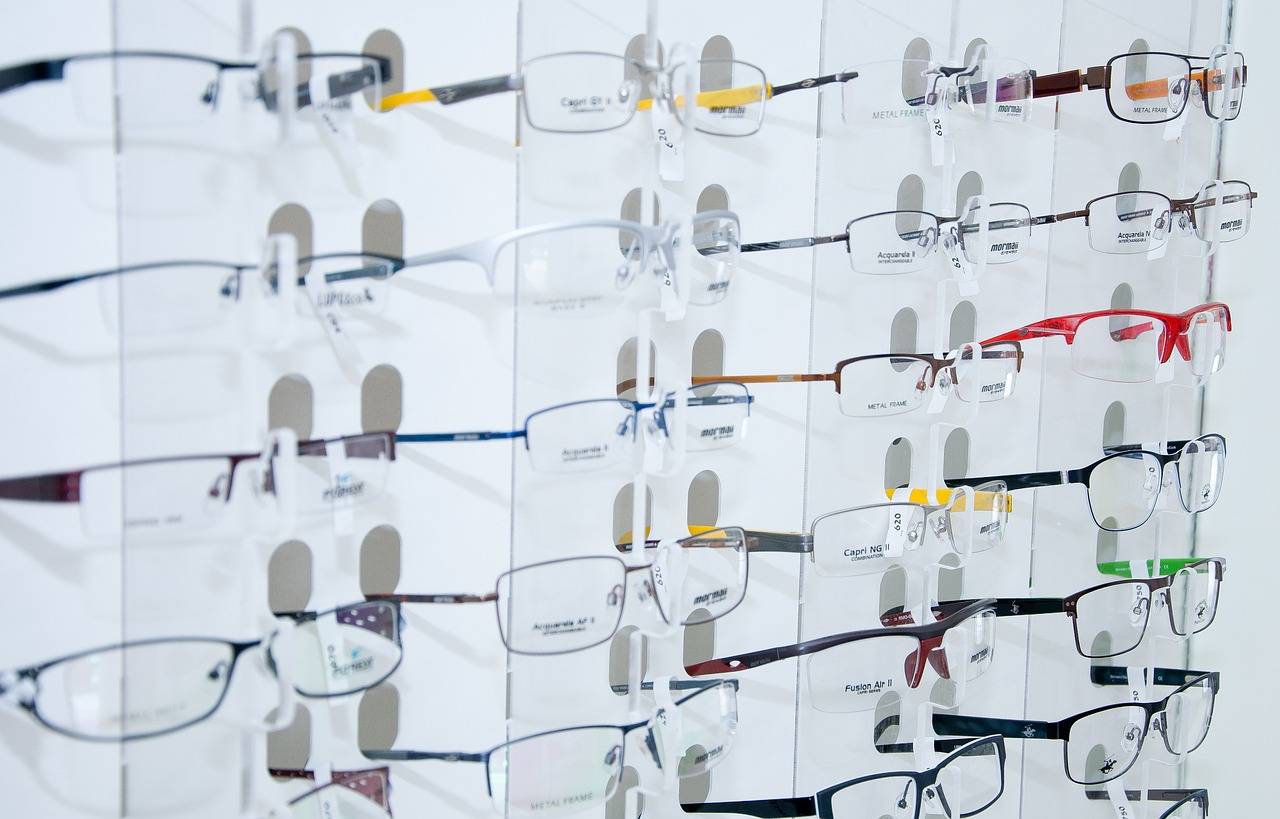The Growing Popularity of Secondhand Electronics Market
When considering purchasing electronics, opting for secondhand devices can bring various advantages. One primary benefit is the cost-effectiveness of buying pre-owned electronics, which often come at a significantly lower price compared to brand-new items. This allows consumers to save money while still acquiring quality products that meet their needs.
Furthermore, buying secondhand electronics contributes to reducing electronic waste by extending the lifespan of these devices. By choosing to purchase pre-owned items, individuals participate in a sustainable approach to consumption, promoting the reuse and recycling of products rather than discarding them as waste. This not only benefits the environment by decreasing the amount of electronic waste but also supports a circular economy and a more eco-friendly lifestyle.
Factors Driving the Demand for Pre-owned Electronics
The growing demand for pre-owned electronics can be attributed to various factors. Price is a primary driving factor, as buying secondhand devices often comes at a more affordable cost compared to purchasing new products. This cost-effectiveness appeals to budget-conscious consumers seeking to save money while still acquiring quality electronic gadgets.
Additionally, the rapid pace of technological advancements plays a significant role in fueling the demand for pre-owned electronics. With new models and updated versions constantly hitting the market, many consumers opt for pre-owned devices that are still functional and relevant for their needs. This desire to stay current with technology without breaking the bank contributes to the increasing popularity of secondhand electronics.
Impact of Secondhand Electronics Market on Environment
The increasing popularity of buying secondhand electronics has raised concerns about the environmental impact of this growing market. When consumers opt for pre-owned devices, it can help reduce electronic waste by extending the lifespan of products that might otherwise end up in landfills. This means fewer resources are needed for the production of new electronics, ultimately lowering the overall carbon footprint associated with manufacturing and disposing of electronic goods.
Moreover, the refurbishment and resale of secondhand electronics can also contribute to a more circular economy, where products are reused and recycled rather than discarded after a single use. By giving electronic devices a second life, we can minimize the energy consumption and greenhouse gas emissions that would have been generated if entirely new products were purchased. This shift towards a more sustainable consumption model not only benefits the environment but also promotes a mindset of conscious and responsible consumer behavior.





